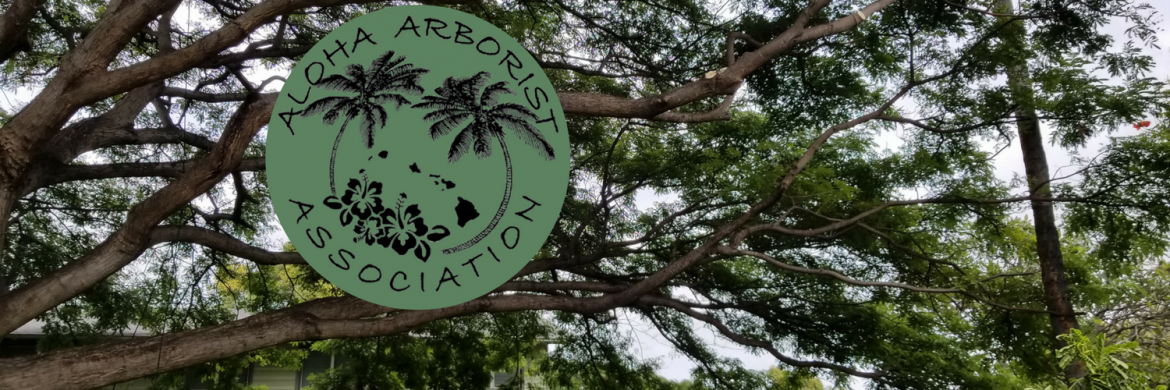- Distribution: North, Central, and South America, Europe, Asia, Oceania, and Africa.
- Hosts: Dracaena, sago palm, Heliconia, avocado, banana, orchids, palms (dwarf date, Washingtonia, Chamaedorea, queen palm, & Rhapis), Coffea spp., Citrus spp., potato, & ginger
- Damage: Adult females and immatures feed on sap. Honeydew secretions may lead to black sooty mold, which can result in reduced photosynthesis, defoliation, and occasional plant death. Ants are often found and they may defend the mealybugs from predators.
- Management: Early detection improves control. Pruning or washing infected plant parts reduces populations. Pseudaphycus utilis Timberlake, a parasitic wasp, has successfully been used as a biological control in Hawaii. Select appropriate insecticides, timing, and application methods to reduce negative impact on the natural enemies. The pest is most susceptible to insecticides during the crawler stage. Horticultural oil and insecticidal soaps can provide good control with repeat applications. Systemic insecticides can provide excellent control but should not be overused. To avoid insecticide resistance, rotate among insecticide groups.
Source: Coconut mealybug Nipaecoccus nipae (Maskell) (Insecta: Hemiptera: Pseudococcidae), University of Florida IFAS Extension EENY448, June 2009. Revised January 2010.

